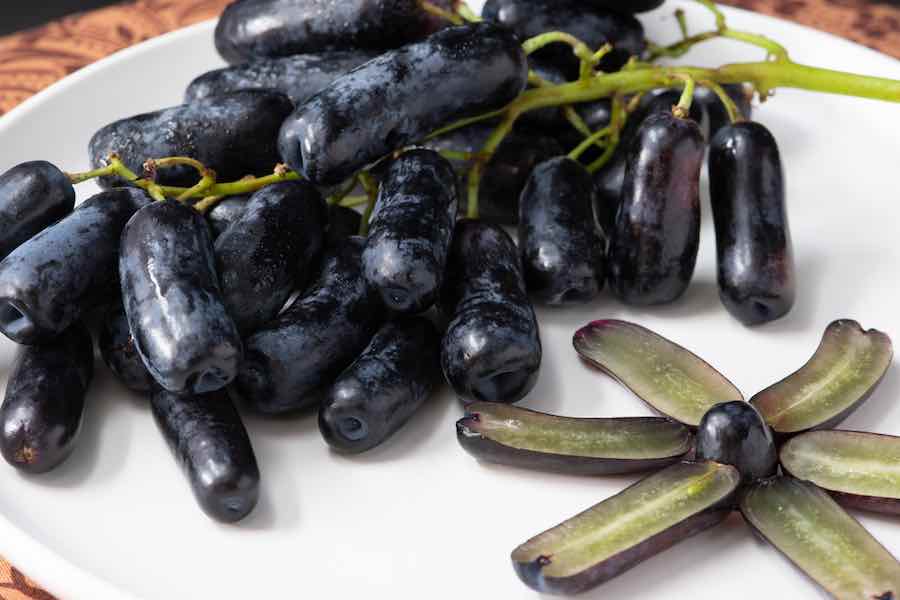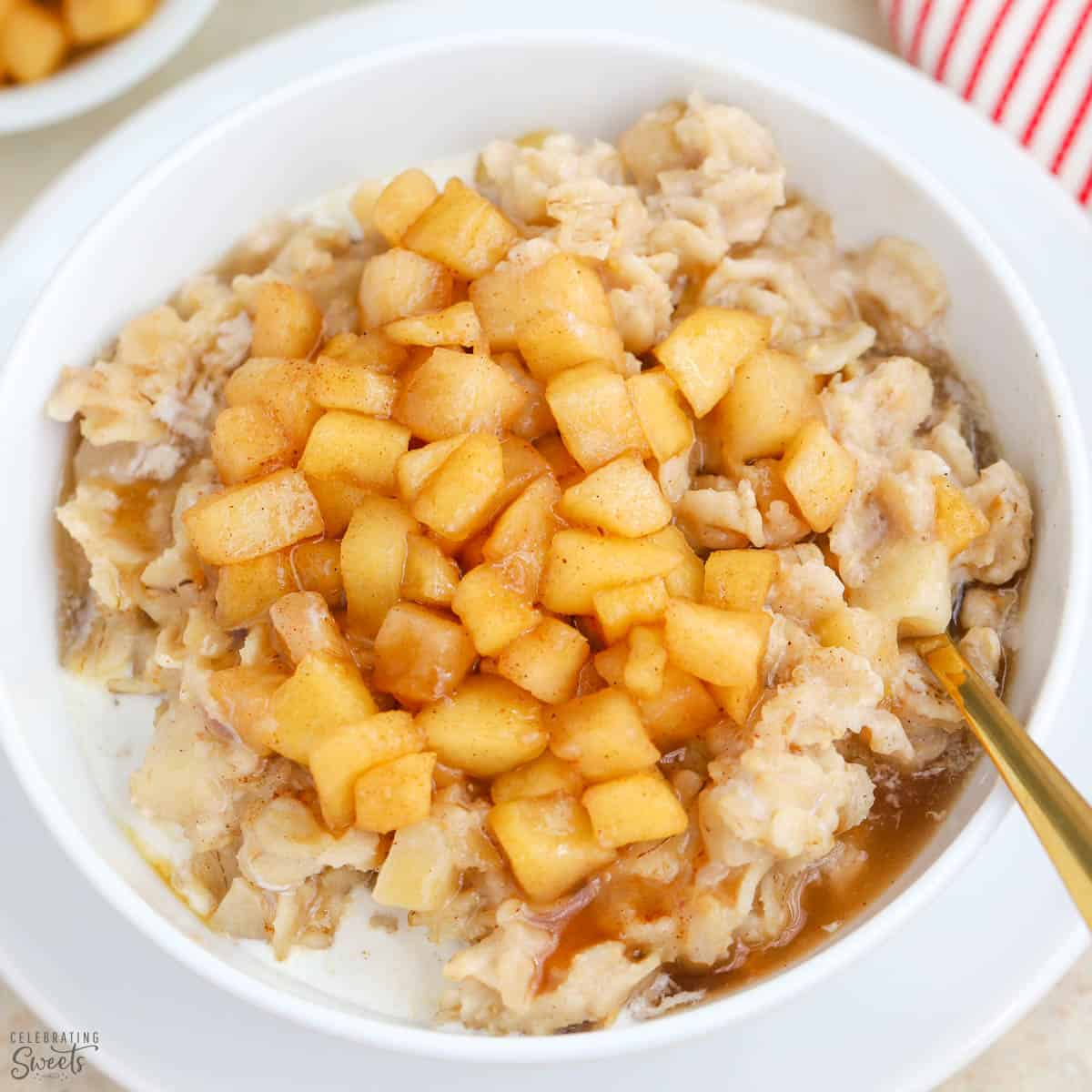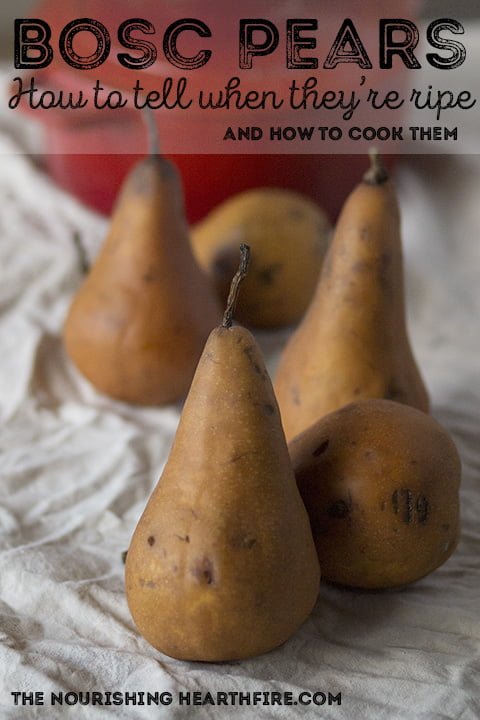Cherries are a delicious and versatile fruit, often enjoyed fresh or used in various culinary creations. But have you ever wondered what it means when cherries are pitted? Well, pitted cherries simply refer to cherries that have had their seeds, or pits, removed. This process not only makes the cherries easier to eat and cook with, but it also brings out the natural sweetness of the fruit, making them even more enjoyable. So, next time you come across a recipe that calls for pitted cherries, you’ll know exactly what to look for at the grocery store.
What Does it Mean When Cherries Are Pitted
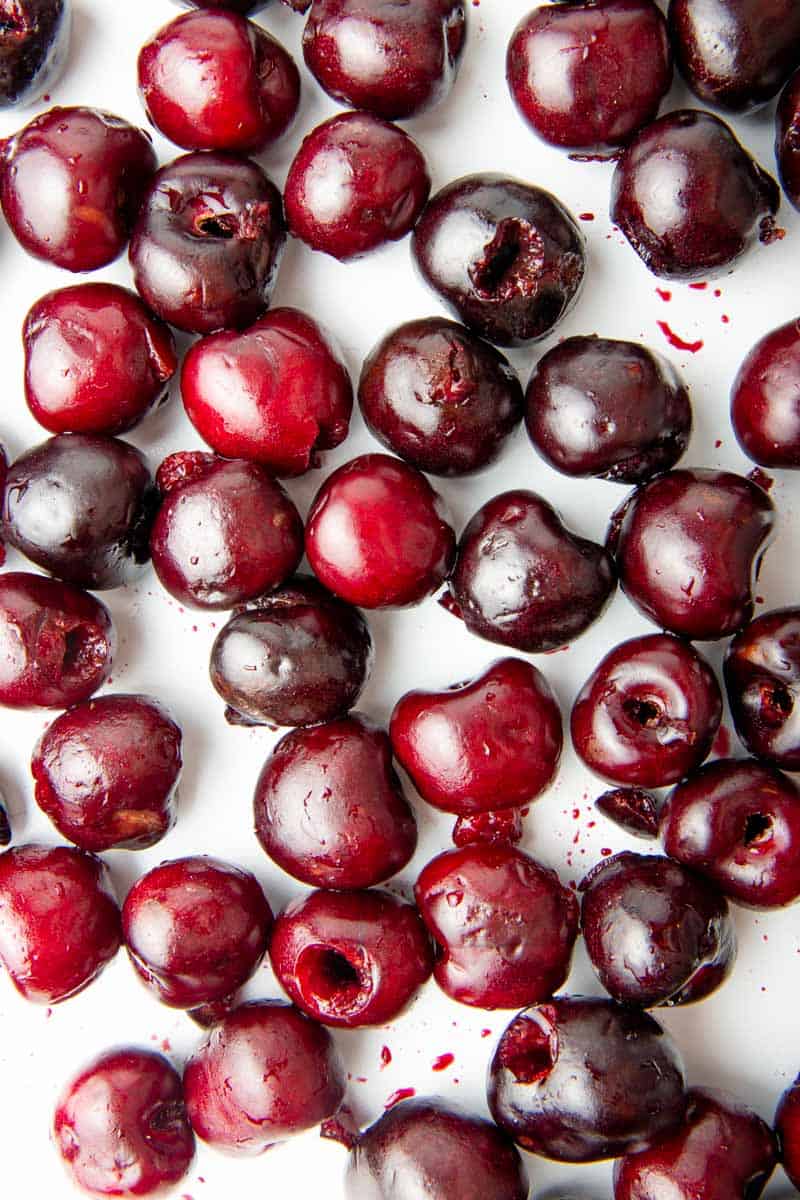
Definition of Pitted Cherries
Pitted cherries refer to cherries that have had their pits, or seeds, removed. The pit is the hard, stone-like structure found at the center of the cherry, which contains the seed. When cherries are pitted, the pit is carefully removed, leaving a hollow space in the fruit. This makes the cherries more convenient to eat and cook with, as they no longer contain the hard pit that needs to be avoided or spit out.
Types of Pitted Cherries
There are several methods used to pit cherries, resulting in different types of pitted cherries. The most common type is hand-pitted cherries, where each cherry is pitted individually by hand using either a special cherry pitter tool or a simple paperclip. Another type is machine-pitted cherries, which are pitted using automated equipment. These cherries may have a slightly different appearance due to the mechanical pitting process.
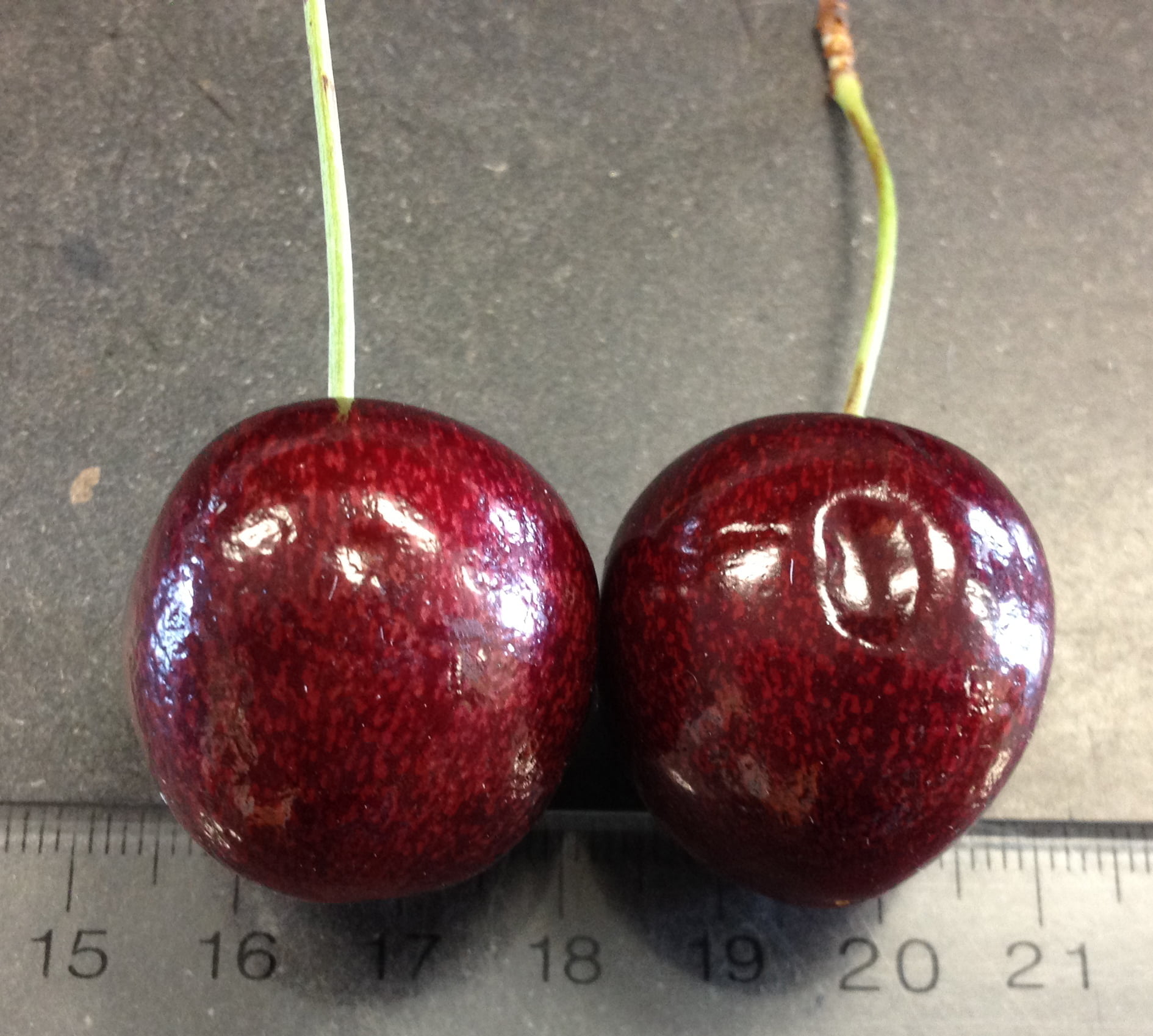
Reasons for Pitting Cherries
The primary reason for pitting cherries is to make them more enjoyable to eat and cook with. Removing the pit eliminates the need to bite around it or spit it out, allowing for a smoother and more pleasant eating experience. Pitted cherries are also easier to incorporate into recipes, as they can be seamlessly mixed into salads, desserts, or used as a topping for various dishes without the risk of biting into a pit.
Process of Pitting Cherries
The process of pitting cherries can be done manually or using specialized equipment. To manually pit cherries, you can use a cherry pitter tool or a paperclip. The cherry pitter has a small hole at the end where you insert the cherry, press down, and the pit is pushed out through the other end. Alternatively, you can straighten a paperclip and use the pointed end to carefully pry out the pit. Machine pitting involves the use of mechanical equipment that mechanically removes the pits from the cherries.
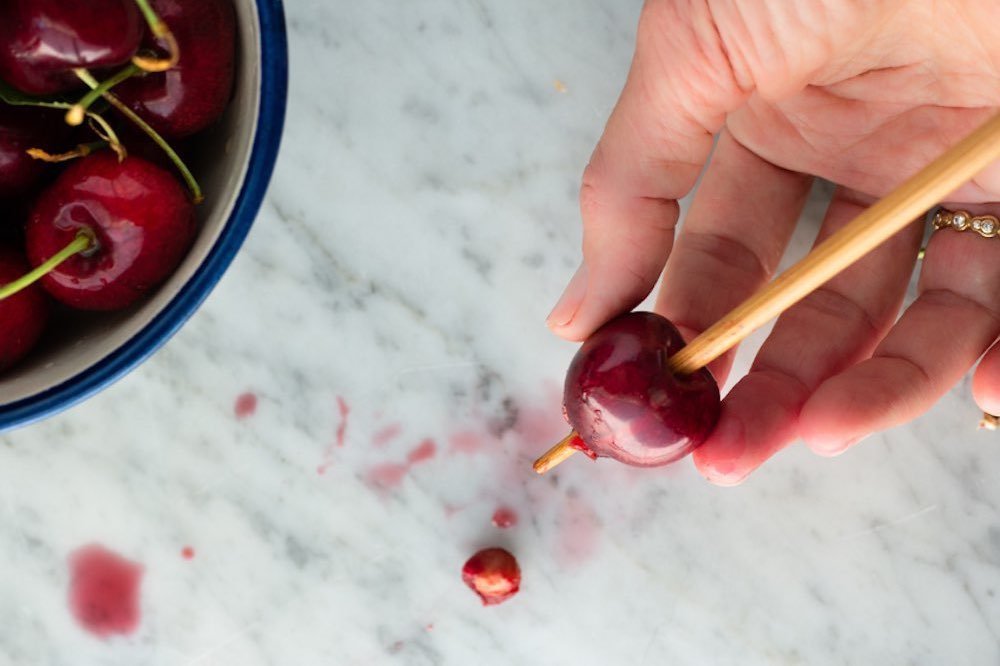
Benefits of Pitted Cherries
Pitted cherries offer numerous benefits both in terms of convenience and taste. Firstly, removing the pit makes cherries easier to eat, especially for those who prefer not to deal with the hard pit. Pitted cherries also have a longer shelf life compared to unpitted cherries, as the pit can contribute to faster spoilage. Furthermore, pitted cherries are more versatile in cooking and baking, allowing for a wider range of recipes and dishes to be prepared using these delightful fruits.
Culinary Uses of Pitted Cherries
Pitted cherries can be used in a wide variety of culinary creations, ranging from sweet to savory dishes. In sweet preparations, pitted cherries can be used to make pies, tarts, cobblers, crumbles, and jams. They can also be added to ice cream, yogurt, or smoothies to enhance their flavor and provide a burst of fruitiness. For savory dishes, pitted cherries can be used in salads, salsas, or as a glaze for meats such as duck or pork. The natural sweetness of cherries adds a unique and delicious touch to both sweet and savory recipes.
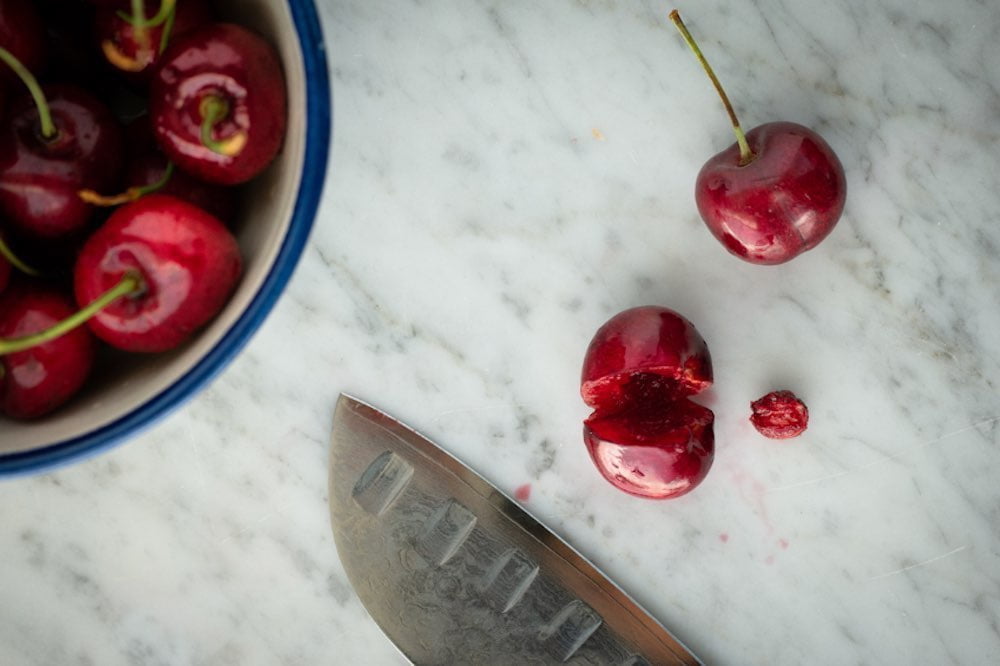
Health Benefits of Pitted Cherries
In addition to their wonderful taste and culinary versatility, pitted cherries also offer several health benefits. Cherries are rich in antioxidants, particularly anthocyanins, which have been linked to various health benefits, such as reducing inflammation, protecting against certain cancers, and promoting heart health. They also contain fiber, vitamin C, potassium, and other beneficial compounds that support overall well-being. Incorporating pitted cherries into your diet can be a delicious way to boost your intake of these valuable nutrients.
How to Pit Cherries at Home
Pitting cherries at home is a relatively simple process that only requires a few basic tools. To manually pit cherries, start by washing and drying them thoroughly. Then, using a cherry pitter tool or a straightened paperclip, carefully insert it into the stem end of the cherry and push until the pit pops out from the other end. It’s important to be gentle to avoid damaging the fruit. If using a paperclip, aim for the side of the cherry where the pit is located. With practice, you’ll become more proficient at pitting cherries quickly and efficiently.
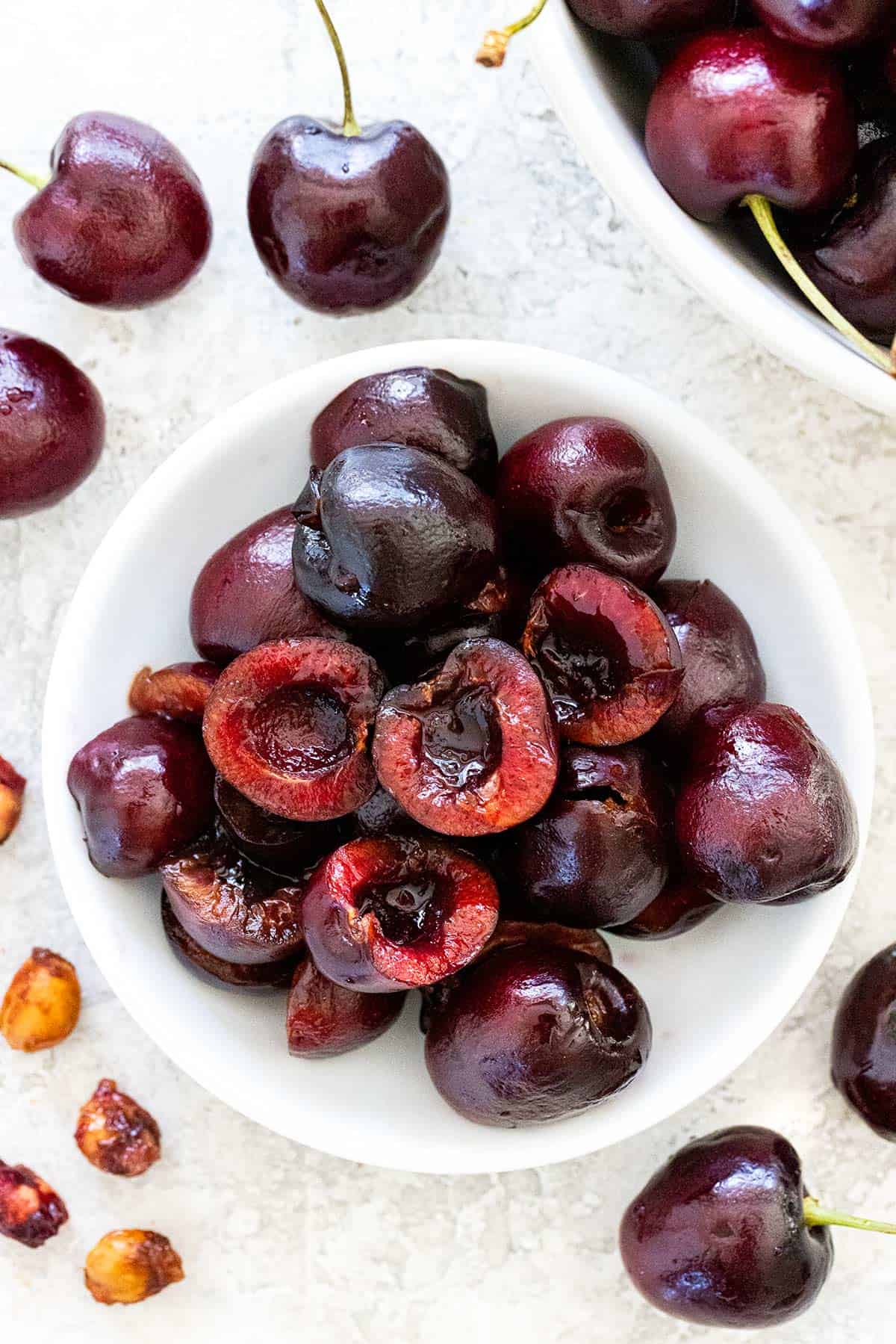
Popular Recipes Using Pitted Cherries
There are countless delicious recipes that make use of pitted cherries. One classic option is a cherry pie, where pitted cherries are combined with sugar, flour, and spices, and then baked in a flaky crust until golden and bubbling. Another popular choice is a cherry clafoutis, a traditional French dessert that features pitted cherries baked in a custard-like batter. Pitted cherries can also be used to make cherry compote, cherry sauce, cherry crumble bars, or added to salads for a burst of vibrant flavor.
Tips for Selecting and Storing Pitted Cherries
When selecting pitted cherries, look for ones that are plump, firm, and have a vibrant color. Avoid cherries that are bruised, discolored, or soft. Pitted cherries can be stored in the refrigerator for up to a week. To prolong their freshness, it’s best to keep them unwashed and only rinse them right before use. If you have a surplus of pitted cherries, they can also be frozen for future use. Simply wash, dry, pit, and spread them in a single layer on a baking sheet before freezing. Once frozen, transfer them to a freezer bag for long-term storage.
In conclusion, pitted cherries are cherries that have had their pits removed, which enhances their convenience and culinary potential. The process of pitting cherries can be done manually or with the help of specialized equipment. Pitted cherries offer numerous benefits, such as easier consumption, enhanced shelf life, and increased versatility in cooking and baking. Additionally, they boast various health benefits and can be used in a wide range of delicious recipes. When selecting and storing pitted cherries, it’s important to choose ripe, fresh cherries and handle them with care. Happy pitting and enjoy the deliciousness of pitted cherries in all your culinary creations!

